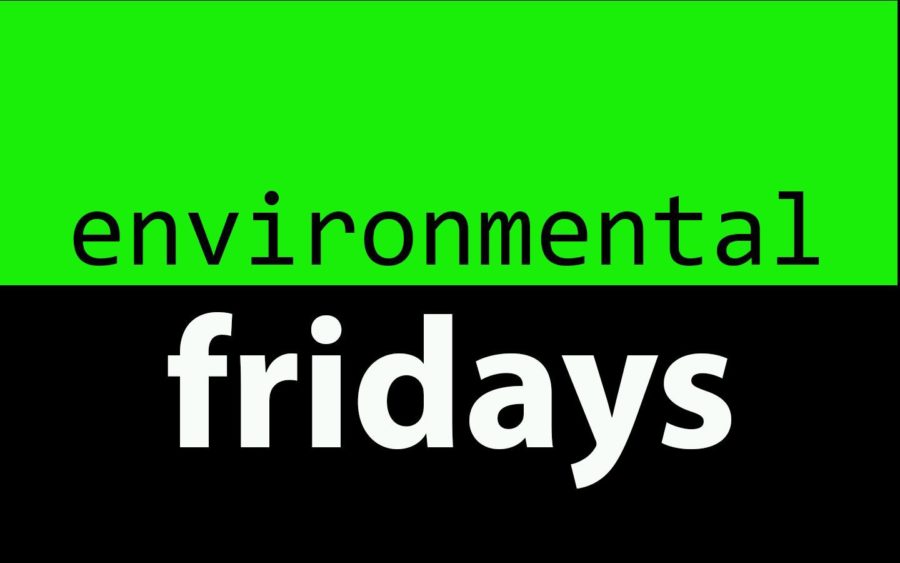Environmental Friday: How to have a sustainable lawn
November 2, 2018
At 63,000 kilometers squared, lawns are now the biggest “crop” in America. We spend an estimated 40 billion a year giving our grass a crew-cut, pesticiding the life out of it, and fertilizing it to the detriment of our waterways.
Why? Because perfect, uniform green lawns are as much a symbol of the American dream as apple pie and baseball. Sociobiologists have said that Savannah Syndrome is encoded in our DNA. Lawn care, however, can come at an environmental cost.
An hour mowing with an average gas-powered push mower is equivalent to the hourly pollution of 11 cars. That comes to 5 percent of the US’s air pollution annually.
Every year, approximately 70 million pounds of pesticides are applied to U.S. lawns. That’s 10 times the amount applied to American farmland acre for acre. Pesticide poisoning accounts for the deaths of 60-70 million birds per year in the U.S. alone, and the toxic effects on humans are a widely debated concern.
Fertilizers are another concern. Runoff of nutrients such as nitrogen and phosphorous create optimal conditions for algal blooms and even increase mobility of groundwater uranium. Forty to sixty percent of nitrogen from fertilizers leaks into ground or surface water.
While I’m a proponent of planting wildflowers for pollinators or converting grass areas to gardens, here are some ways in which UK students can care for their lawns or encourage their family to do so sustainably:
Let the grass clippings stay on the lawn after mowing. Clippings are a natural source of slow-release fertilizer and can provide up to 25 percent of fertilizer needs.
Leave the leaves! The same goes for leaves and other lawn debris which account for 20 percent of all waste materials.
Mow higher. The “Don’t Bag It” lawn care plan recommends that mowers be set at 2.5 to 3.5 inches. Higher grass produces an efficient root system that needs less water and also “shade outs” many weeds.
Use less water. A way to test is by stepping on a grass patch; if it springs back, it doesn’t need water. Also, use rain barrels to collect water for later lawn irrigation.
Use eco-friendly ways to get rid of pests rather than commercial pesticides.
If you are going to use fertilizers, use slow-release, organic ones and limit fertilizer application. Kentucky has high phosphorous soils so you don’t need any in your fertilizer!
Build a buffer around water ways. Maintain a 10-foot, uncut, “no-maintenance zone.”
Try low maintenance, drought-resistant grass varieties such as Tall Fescue and choose garden plants that are native or thrive without fertilization or irrigation in your area.
This link provides some natural alternatives that help mitigate some of the biggest issues with lawn maintenance, including Crabgrass invasion, patchy grass, grub sightings and bald spots.
In his entertaining article for the New York Times, Michael Pollan states that lawns are a metaphor and symptom of our “skewed relationship to the land” where we can use “petrochemicals and technology [to] bend nature to our will.” Ultimately, using eco-friendly methods of lawn care will probably result in less of a “perfect” lawn than using many chemical pesticides and fertilizers. However, I think a less perfect lawn is a worthwhile trade for a healthier and safer planet.































































































































































